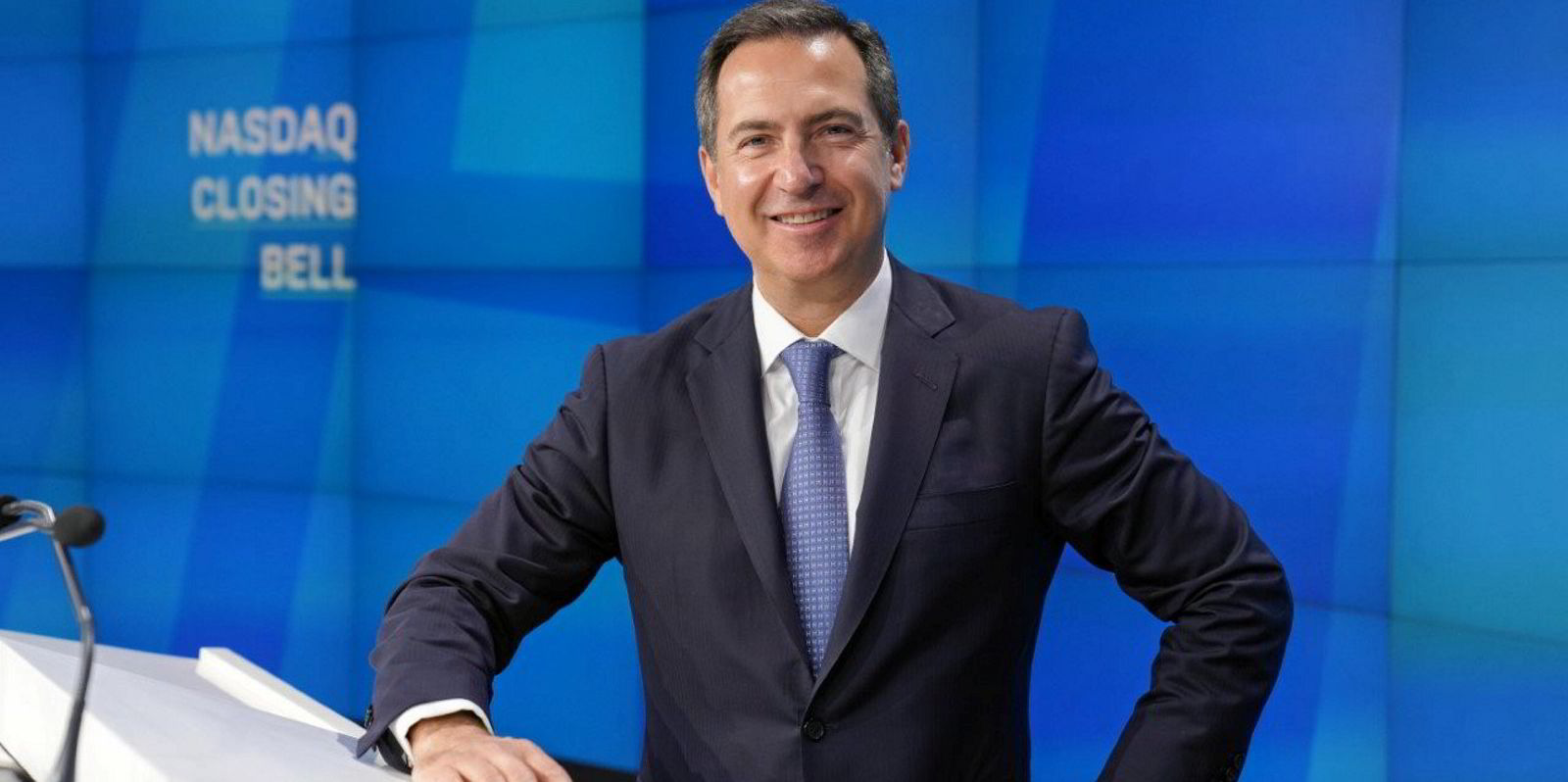Shipowner United Maritime narrowed its loss during the second quarter as freight markets continued to disappoint, but said its lucrative sale-and-purchase transactions should aid its bottom line next quarter.
Despite the loss, the Nasdaq-listed shipowner has declared another quarterly dividend.
United Maritime booked a $3m net loss for the three-month period, a slight improvement on the $4.9m loss it recorded for the first quarter. The company began trading in July last year.
The deficit recorded in early 2023 means that United Maritime’s net result for the first six months resulted in a loss of $7.9m.
Revenue totalled $12.8m during the first half of 2023, of which $10m was earned in the second quarter. The fleet earned an average time charter equivalent rate of $16,072 per day during the three months.
“Our results for the second quarter were affected by the transitional growth stage of our fleet, low fleet utilisation due to the dry-docking of the M/V Tradership, as well as the increased volatility and a lack of clear direction observed in the dry bulk market, as the optimism seen in March and April gave way to lower charter rates in the following months,” chairman and CEO Stamatis Tsantanis commented.
The panamax freight market was held back as tonnage was resupplied to the market after the Ukraine grain corridor was suspended. The coal trade also slowed down, and port congestion remained low too, he added.
“We expect that the strong dry bulk tonne-mile demand seen currently will translate into higher charter rates as supply disruptions normalise during the coming quarters,” Tsantanis said.
United Maritime’s board has declared a dividend of $0.075 per share for the second quarter, the same as for the previous period.
“Since the commencement of our operations, we have declared cash dividends of $1.225 per share, representing 46% of our recent closing price,” Tsantanis said.
“Moreover, in the last 12 months following the only equity offering since initial listing, we have bought back $6,194,328-worth of shares at an average price of $1.84 per share.”
United Maritime has also reinvested its cash in buying vessels and aims to continue building up its fleet of large bulkers. Tsantanis said during Thursday’s earnings call that the company does not plan on buying tankers.
This past quarter, it signed deals to spend a combined $44.8m on two Japan-built panamax bulkers, much of which will be funded using the proceeds from vessel sales.
Its $17.8m purchase of the 76,400-dwt Santa Barbara (built 2011) in late June will be paid with proceeds from the sale of United Maritime’s last tanker, the 109,600-dwt Epanastasea (built 2009). The acquisition will be renamed Exelixsea.
The other vessel — since revealed as the 78,020-dwt Synthesea (ex-Ikan Kerapu, built 2015) — has been chartered in from owner Doun Kisen for 12 months on a bareboat basis with a purchase option attached.
“The aggregate investment of $143.6m, across two capesize, three panamax and two kamsarmax vessels, has been funded to date through the proceeds from our first investment cycle, without diluting our shareholders, while keeping leverage at reasonable levels,” Tsantanis said.
Looking ahead, 47% of the fleet’s operating days in the third quarter have been fixed at an estimated TCE rate of approximately $19,490 per day.
Some $12m in profit from the sale of the Epanastasea will be recognised in the third quarter.
“The gross sale price of $37.5m yielded a gain of 88% on the purchase price and approximately 400% on the equity capital employed to acquire the M/T Epanastasea,” Tsantanis said of the sale.
“This sale marks the end of a series of successful tanker sale-and-purchase transactions, resulting in a solid profit of approximately $48m, less than a year from the delivery of the first vessel to United.”




